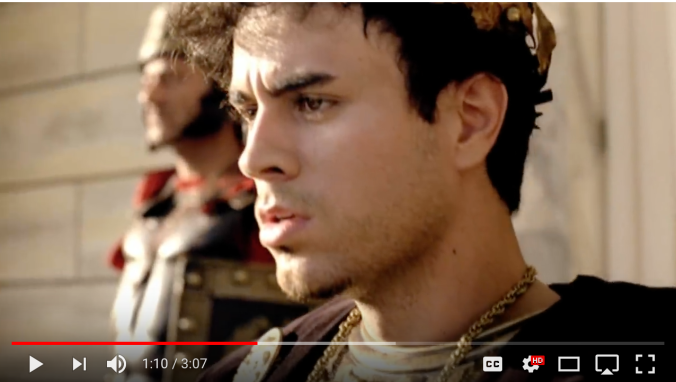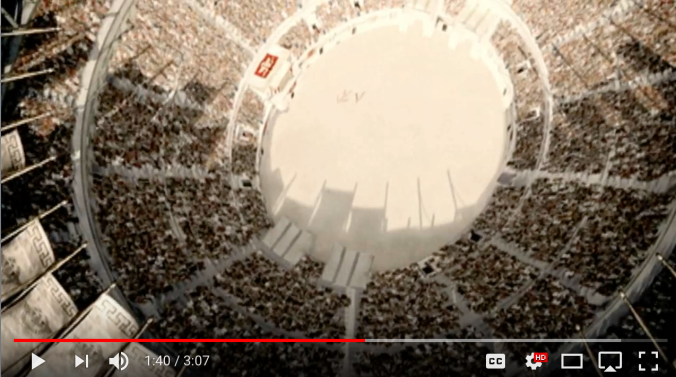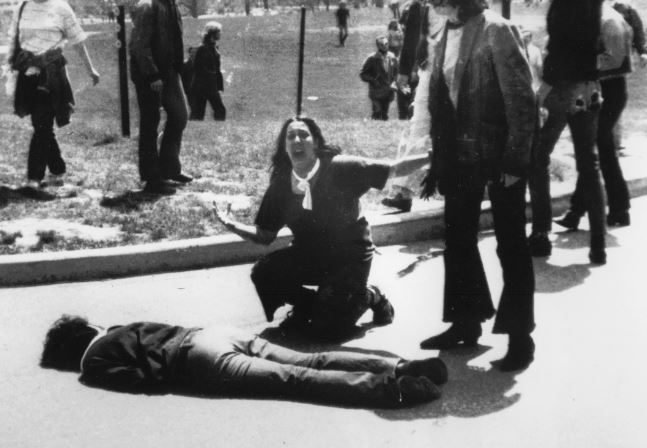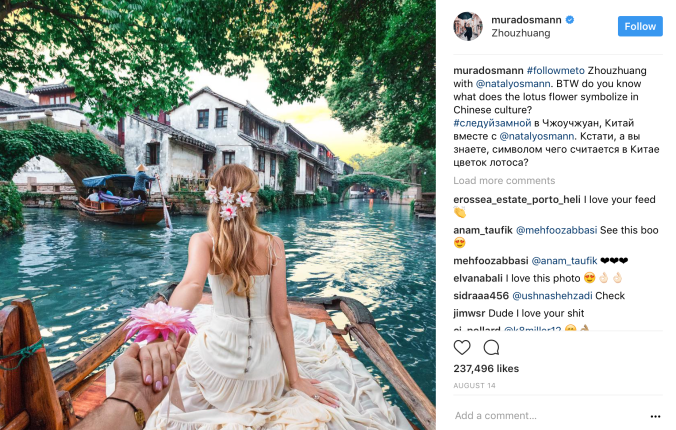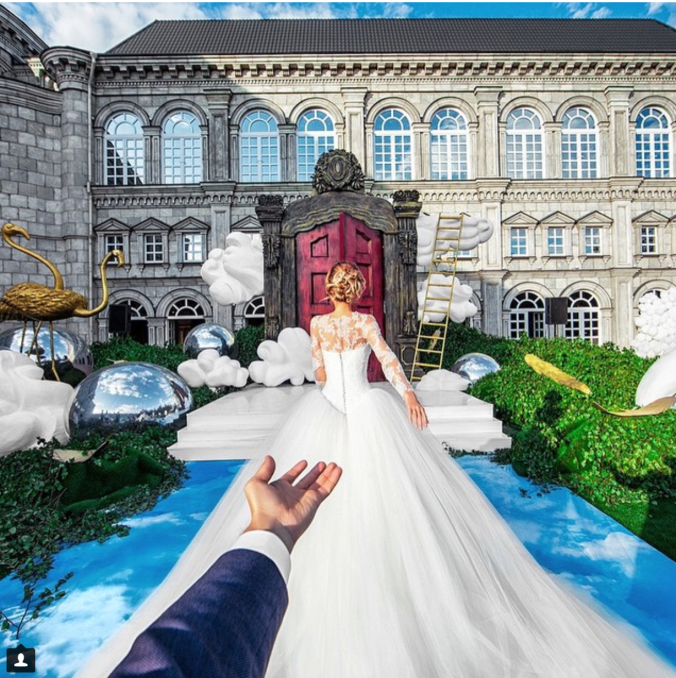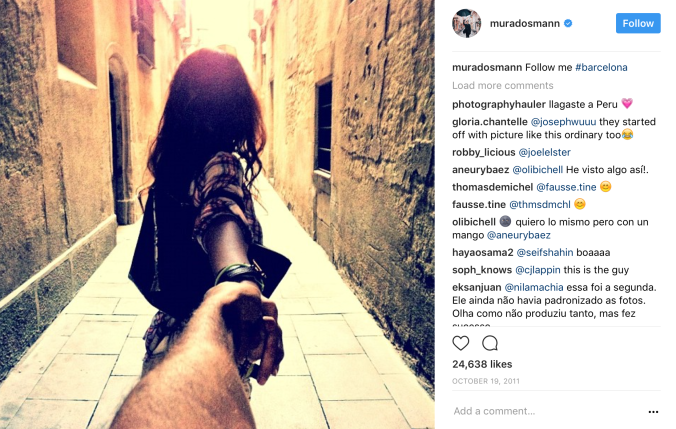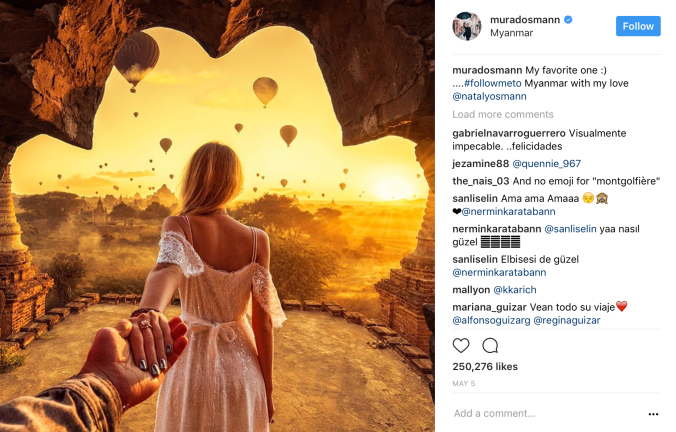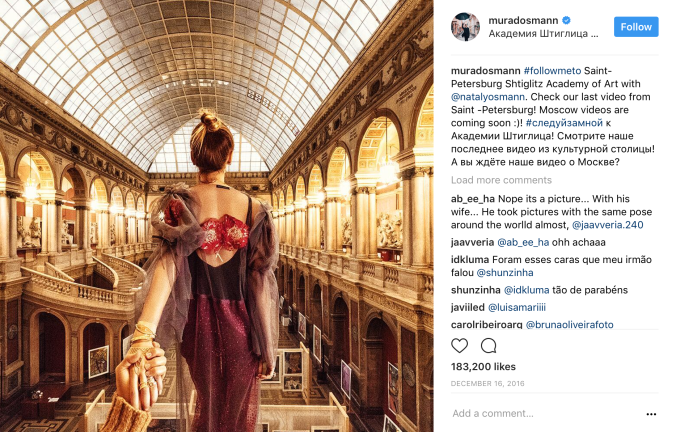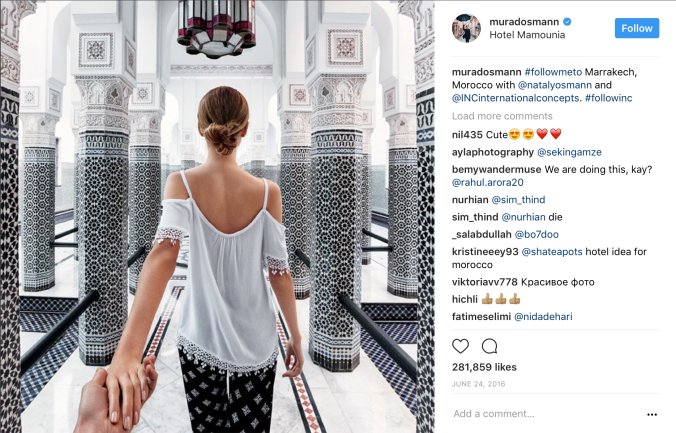Rear window begins with the credits playing in front of a window.Following the credits, the camera dollys in towards the window.In the following scene, the camera tilts down and pans right to travel with a cat moving up the stairs. The camera is at a high angle. The camera then tilts up and pans left to show an apartment complex. The camera continues to pan around showing people in their apartments or on their balconies.
The protagonist of the movie, Jeffery, is seen in a medium shot on the phone in a cast. The camera occasionally switches to his point of view to show what he sees when he looks outside. One time shows a low angle shot of a helicopter, there is another low angle shot that shows two girls swimming. In a wide shot, Jeffery watches dancer in her kitchen practicing.
While looking out the window, the camera pans right to follow Jeffery’s neighbors and then moves left to follow the man once he walks into the apartment.
After Jeffery’s nurses comes to help him, Jeffery falls asleep and wakes to find his girlfriend in his apartment. When she walks in, the camera does a close up on her face. It then moves to an extreme close up of both her and Jeffery kissing. The close-up shot continues while they talk.
After a while, the two of them begin to drink wine in a medium shot. The background is out of focus, but you can still see two figures in the window across the courtyard. It looks like they are dancing, and then the man leaves.
The scene moves on to show Jeffery looking out the window at his neighbors. The wife is seen setting up a nice dinner with wine and candles for herself. It is then shown that she is eating alone and pretending to have dinner with her husband. The camera continues to pan and travels back and forth on her.
In another apartment, a man is shown bringing dinner into his wife, she dismisses the flower he gave her and the camera pans left to show her husband on the phone.
Next, Jeffery and Lisa are debating about fitting into different classes and whether she should stay with him. During this scene, the camera does over the shoulder shots to show the conversation between the two of them. Towards the end of their argument, the camera focus on just one of them, and does a close up of her as she is standing up. With Jeffery, the camera is at a medium shot to show the top of his wheelchair. After Lisa angrily leaves, Jeffery goes back to look out the window. He suddenly hears a scream and glass break, but does not know where it came from.
He sees the man who made his wife dinner leave very late with a suitcase and then return later in the morning. The man then leaves again with the same outfit and suitcase – all of the blinds in his apartment are closed. The camera pans right to show the man returning once more and then leaving again.
The next morning the complex is lively with people and activities. The camera tilts up and right to show everyone in the area and then tilts down to show the bottom of the courtyard.
Jeffery finds the salesman suspicious, so he uses his binoculars to get a closer view. Instead of a wide shot on the suspicious neighbor, the camera now has a medium shot on him. However, this was not close enough for Jeffery, who decides to use his camera lens to get an even closer look. He finds the man wrapping up two long knives.
The next day, Jeffery begins to question and obsess over the man. There is a brief close up shot of Lisa and Jeffery talking and kissing. He continues to talk about the potential murder and with a wide shot and pan right, the camera goes over to the neighbor’s apartment and follows the man walking throughout his apartment. Jeffery is convinced the man murdered his wife, while Lisa tries to convince him otherwise. However, Lisa looks through the window at the right time, to see the neighbor wrapping up a suitcase. The camera zooms in on Lisa’s face and is finally convinced that Jeffery may be onto something.
After speaking with the police, Jeffery is determined to continue watching the man and solve the mystery. Through his camera lens, Jeffery sees an up-close shot of the neighbor. He is going through jewelry and rings and calls someone on the phone about them. In a medium shot, you can see Lisa walking in the door and talking to Jeffery about the possible reasons the man had all of the wife’s jewelry.
Later on, Jeffery and Lisa are able to convince the nurse about the possible murder. In a bird eyeshot, the three of them write a letter to the neighbor. The camera zooms in on the letter, which reads, “What have you done with her?” and Lisa delivers it. In a wide shot, there is a suspenseful scene where the neighbor tries to chase her and find her after she drops off the letter.
While looking in the binoculars, the camera goes to the neighbor who is seen in medium shot packing a suitcase. The camera goes back to the three of them in a medium shot looking through the window trying to figure out where he is going.
The nurse and Lisa go to dig up the flowers where the man may have planted something. In a high angle, wide shot, you can see the two of them going through and trying to find the evidence.
When Jeffery calls his friend to discuss the evidence, a close-up shot shows him on the phone trying to explain everything, what he does not realize is that the neighbor left while he was trying to call. Towards the end, the neighbor comes to confront Jeffery, and in a mixture of low angles and medium shots, a fight scene occurs that leaves to him trying to throw Jeffery out the window. The movie ends with the camera panning again through the apartments showing the neighbors.
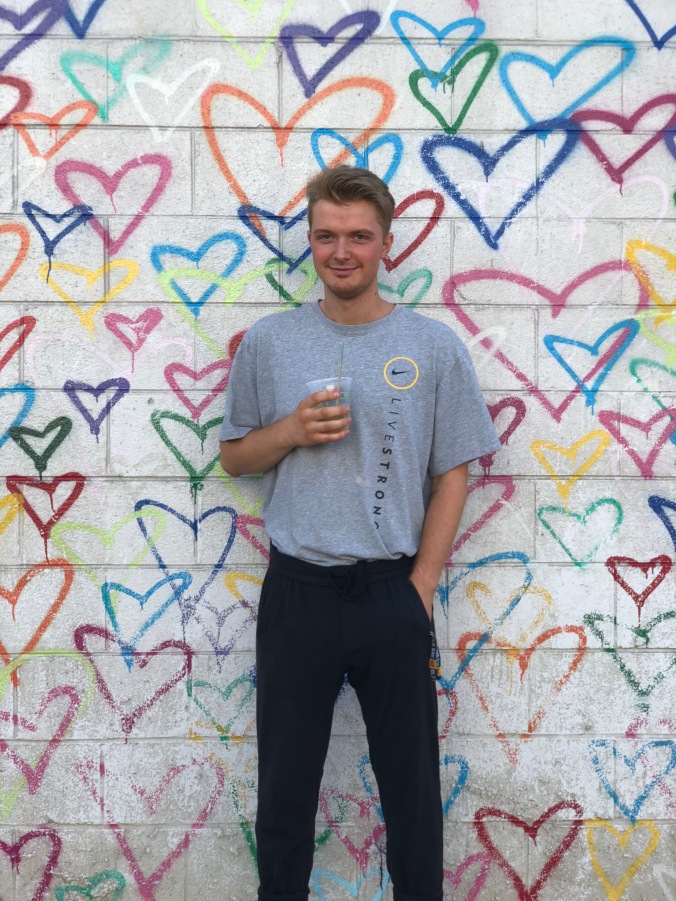
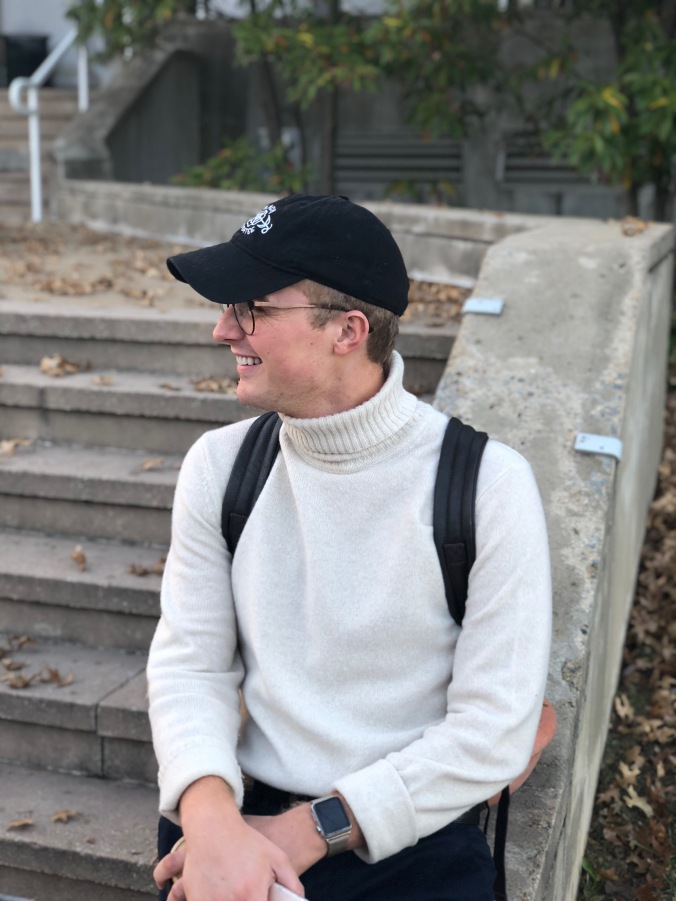
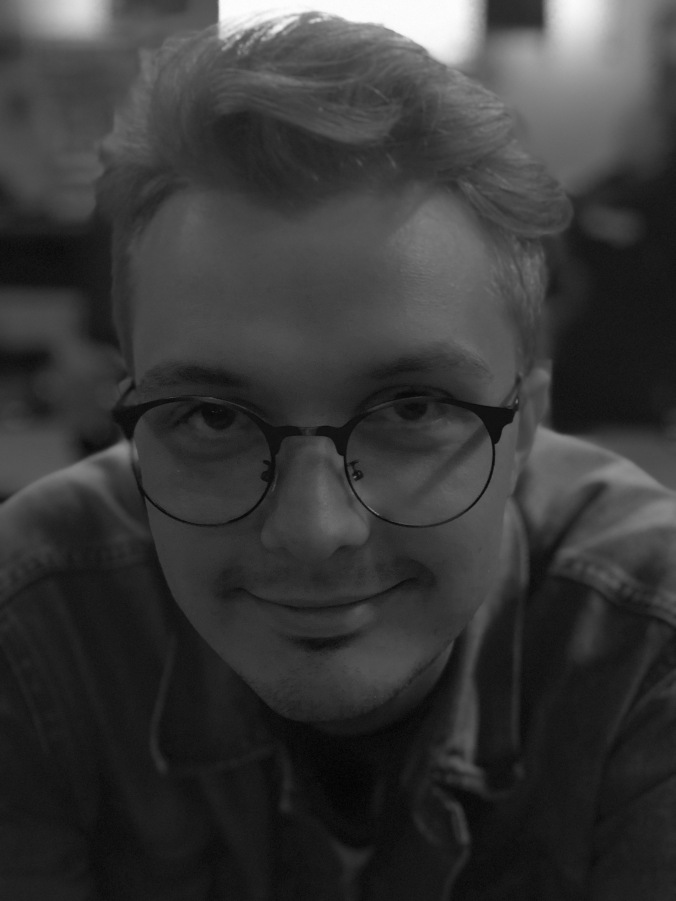
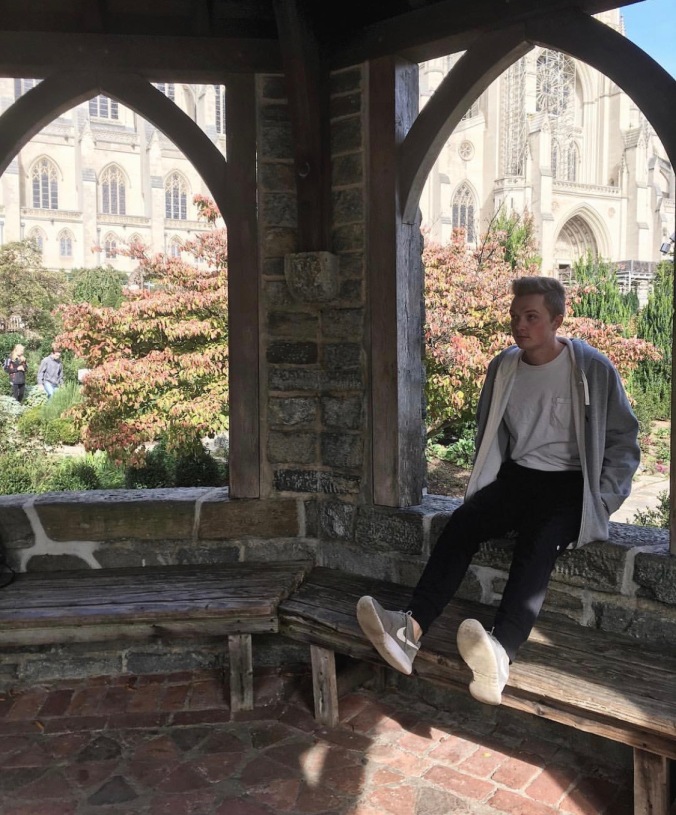
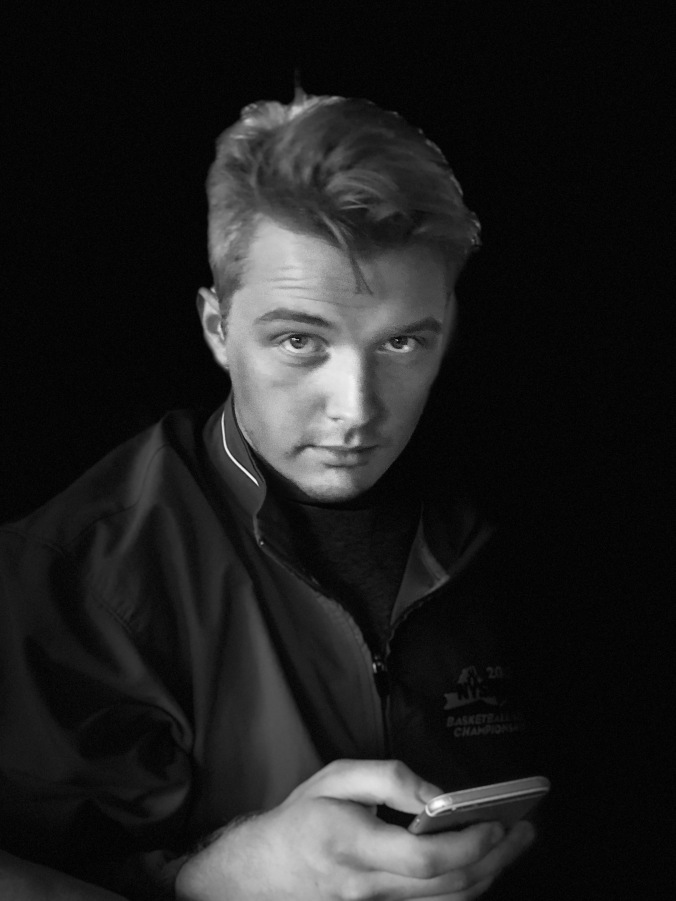
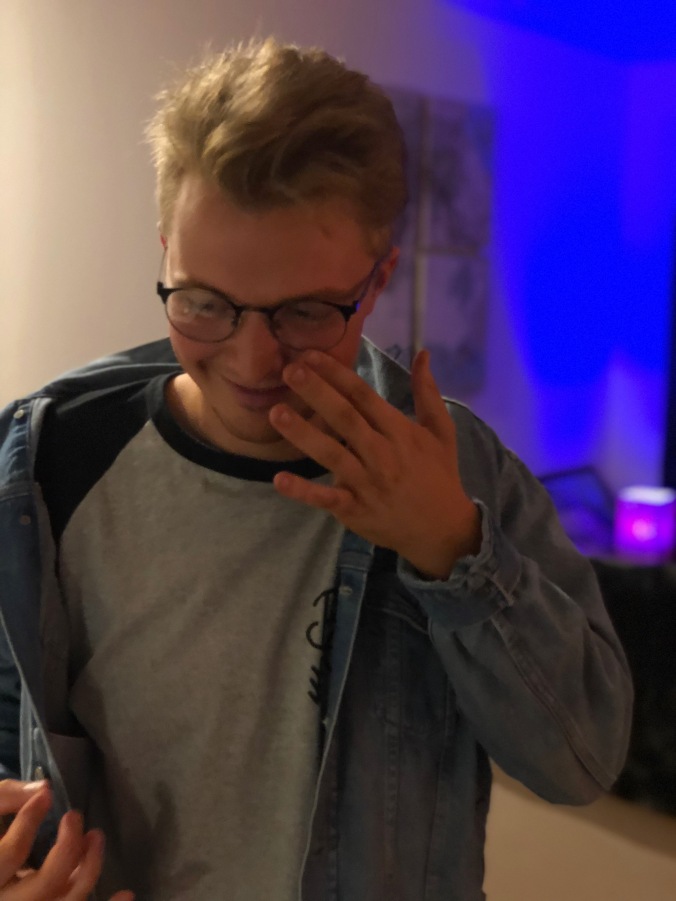

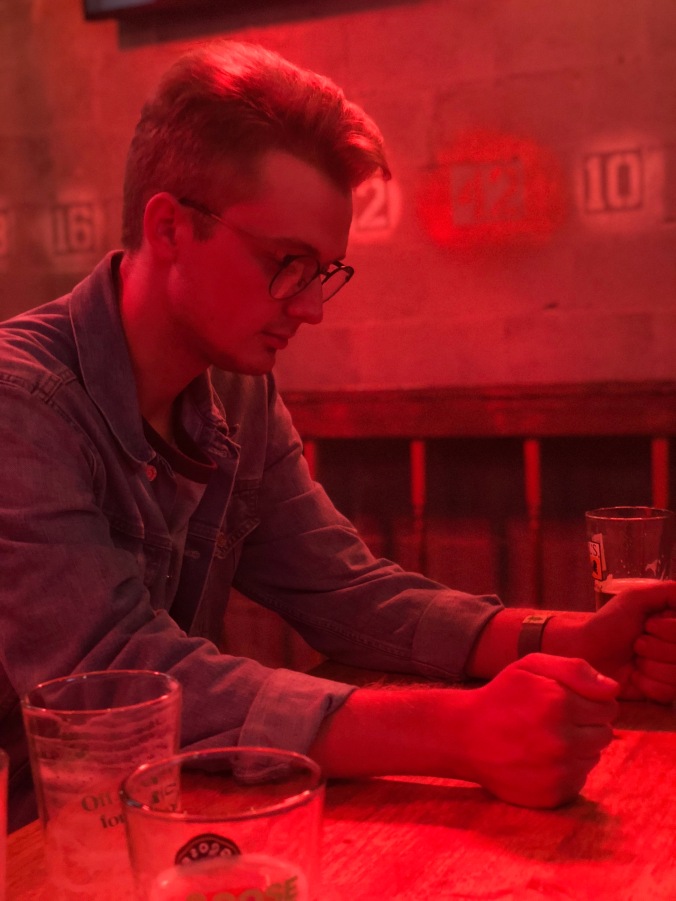
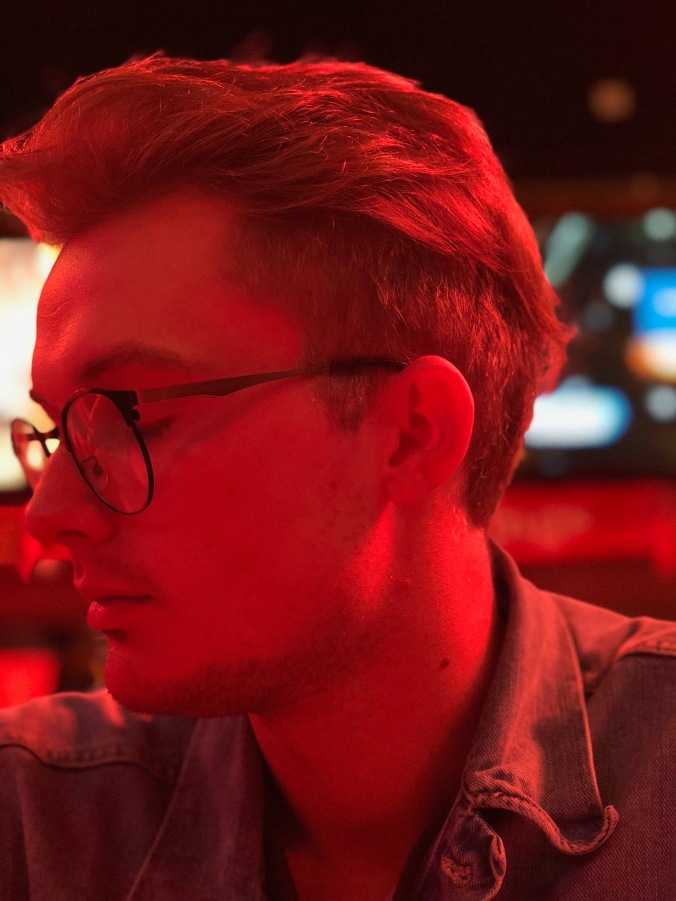
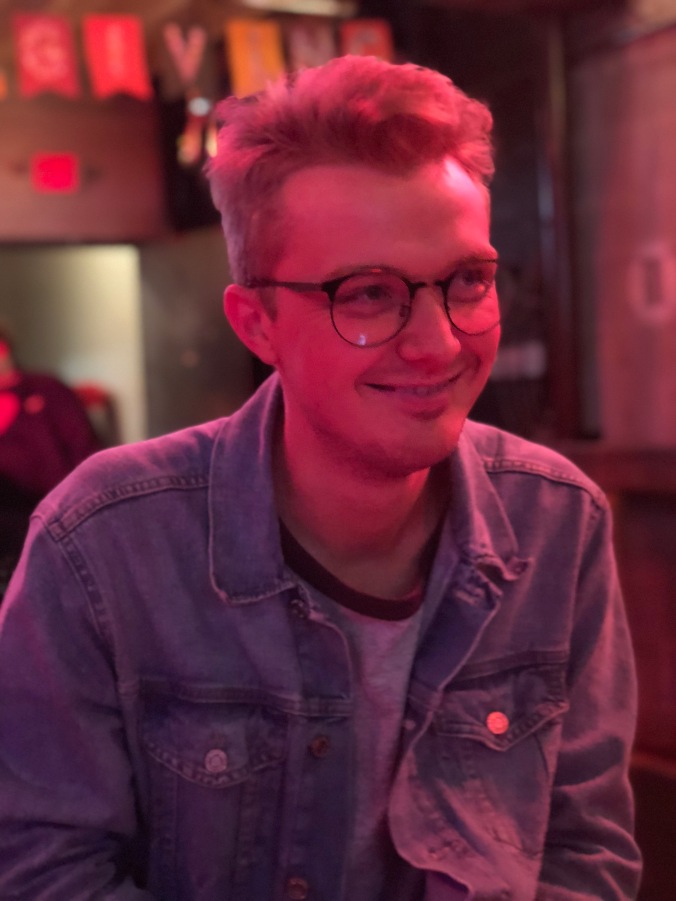
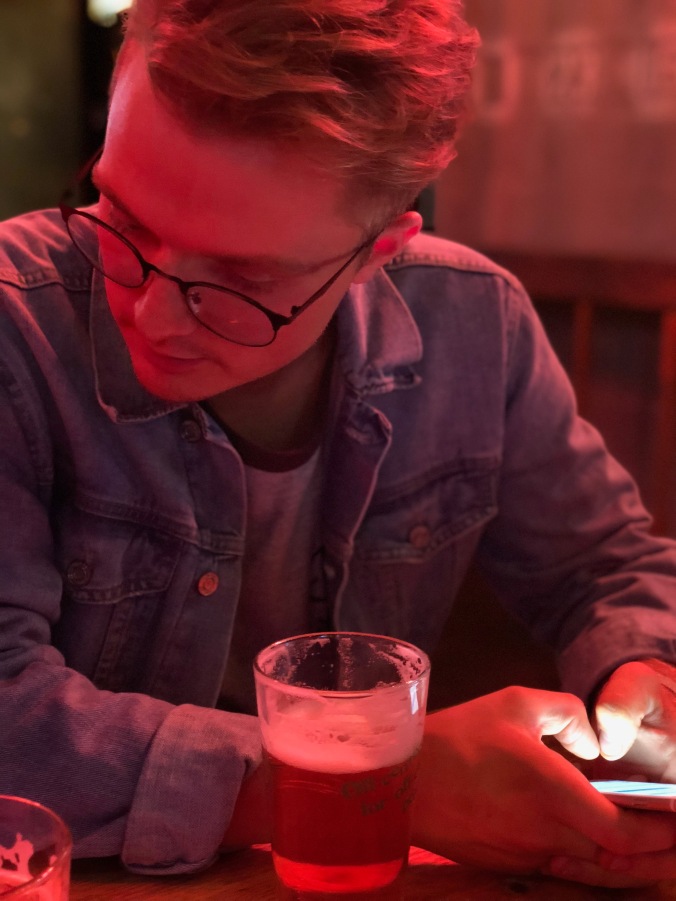
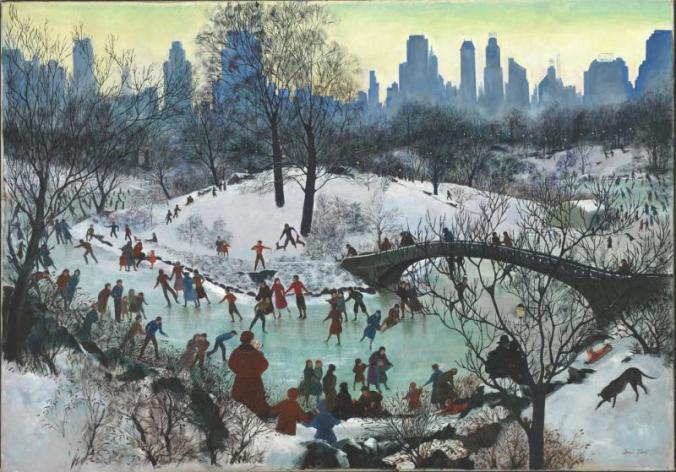
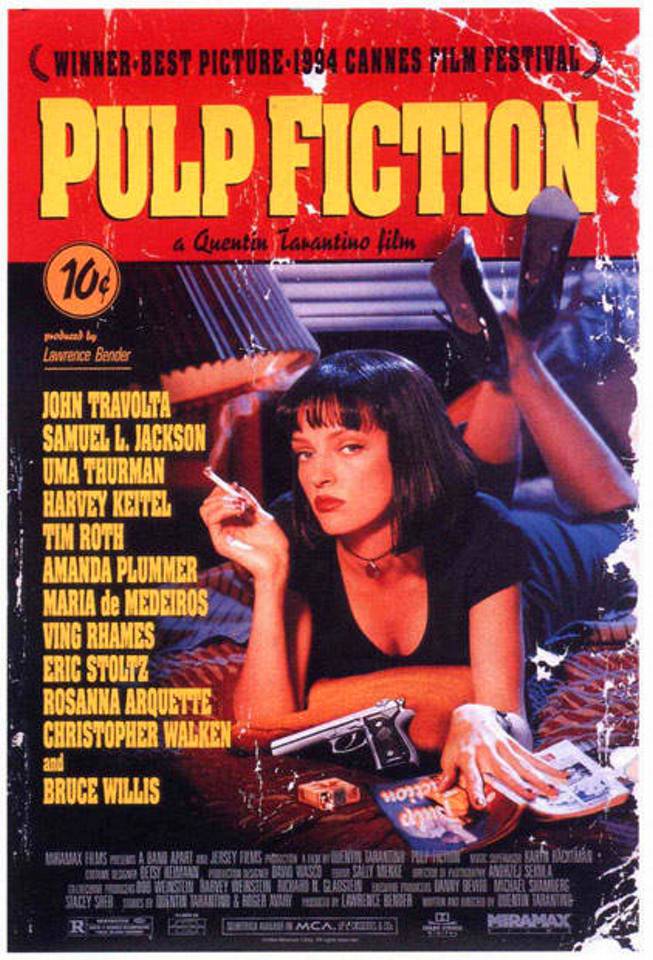 The 1994 movie, Pulp Fiction directed by Quentin Tarantino, is a thriller that follows multiple different storylines that end up crossing paths. The story is focused around violence and drugs. It stars many famous actors and actresses, including John Travolta, Samuel L. Jackson, and Uma Thurman.
The 1994 movie, Pulp Fiction directed by Quentin Tarantino, is a thriller that follows multiple different storylines that end up crossing paths. The story is focused around violence and drugs. It stars many famous actors and actresses, including John Travolta, Samuel L. Jackson, and Uma Thurman.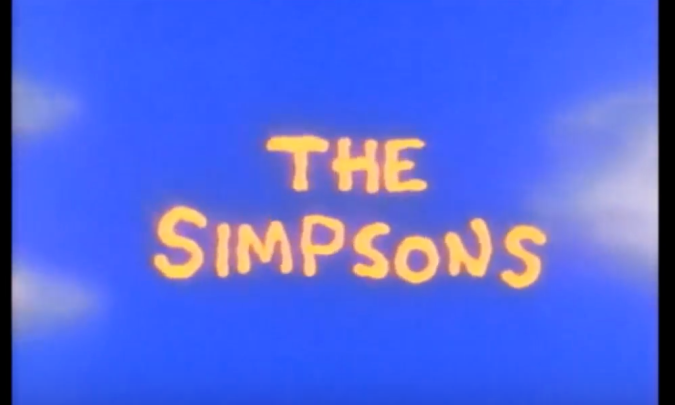
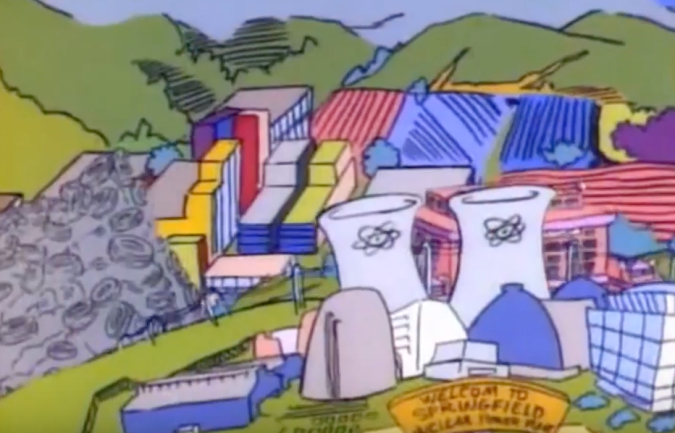
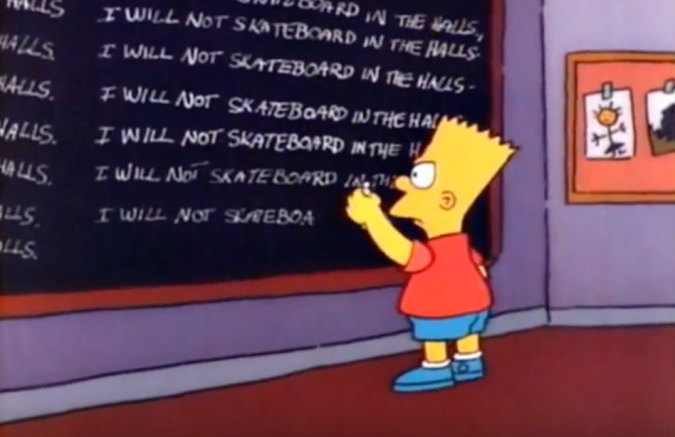
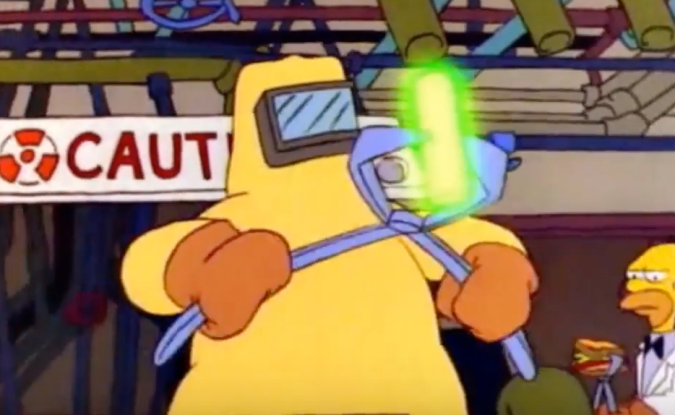
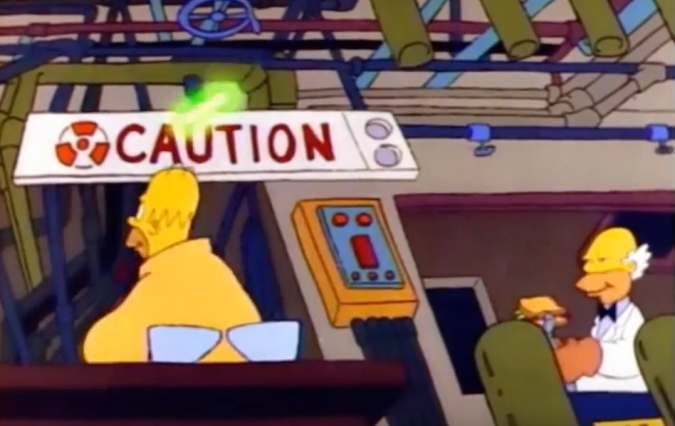
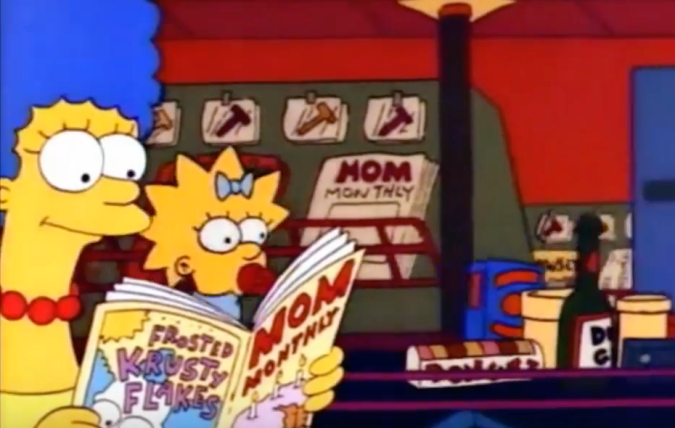
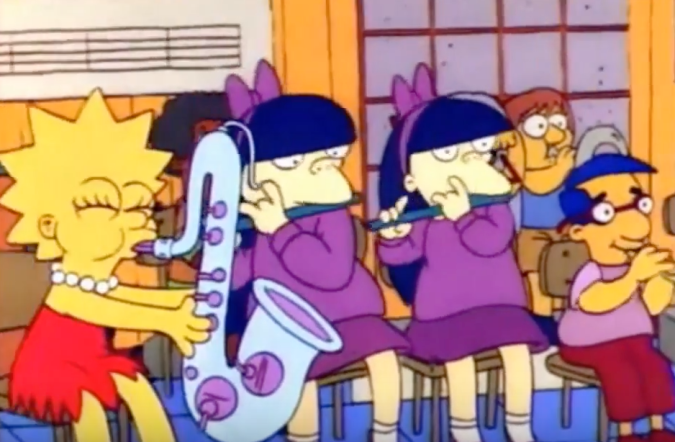
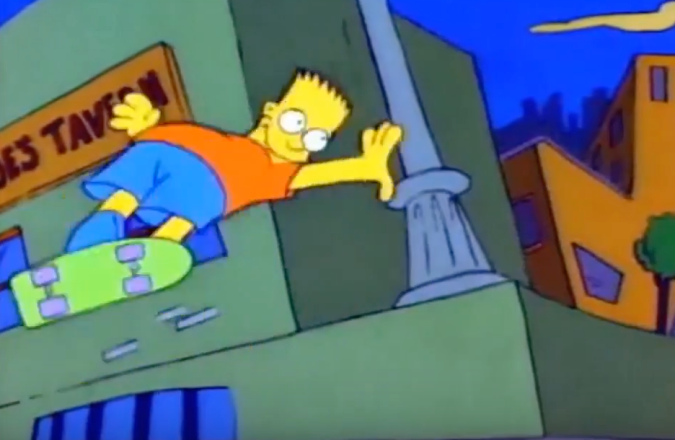
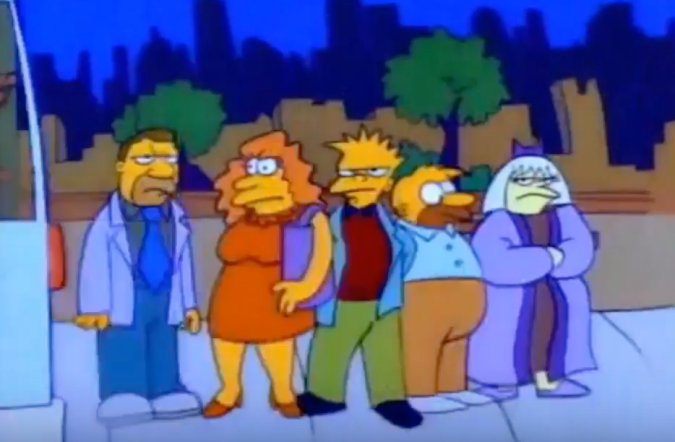

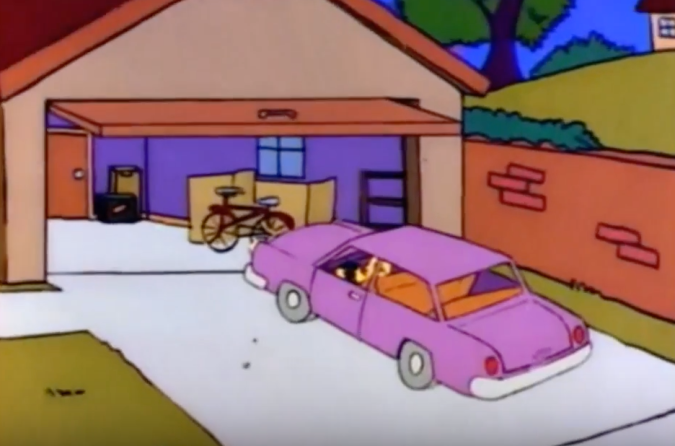
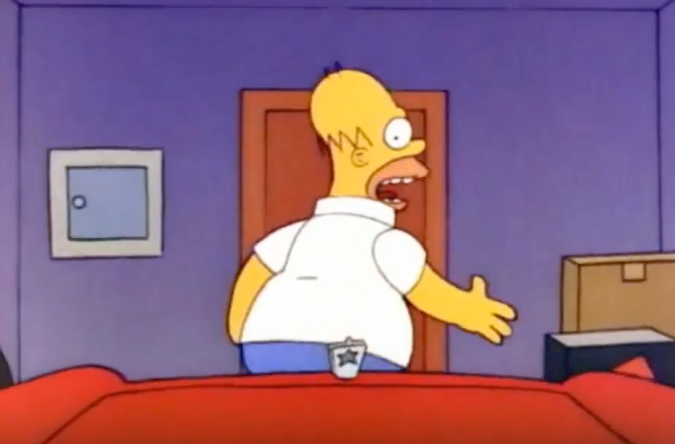
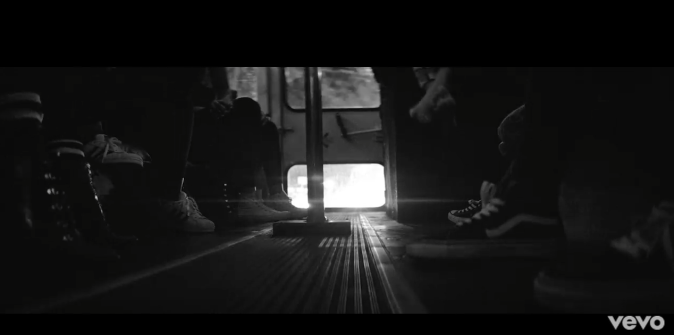
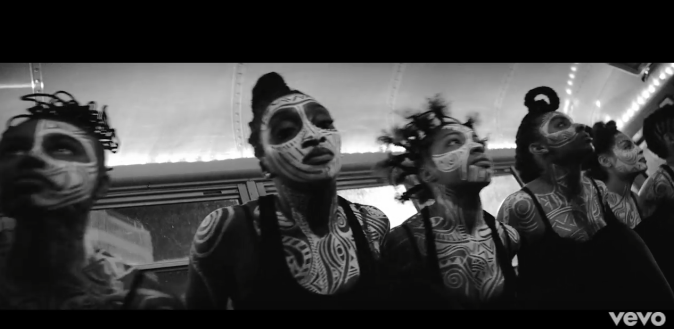
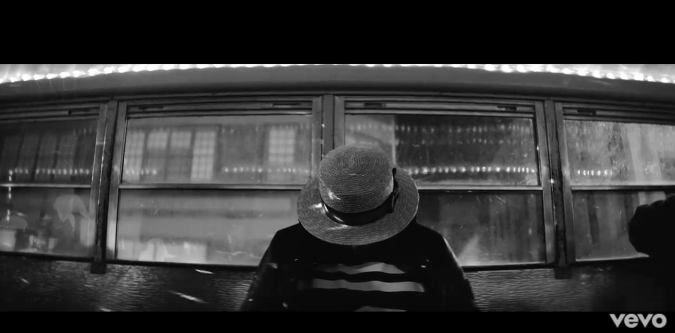
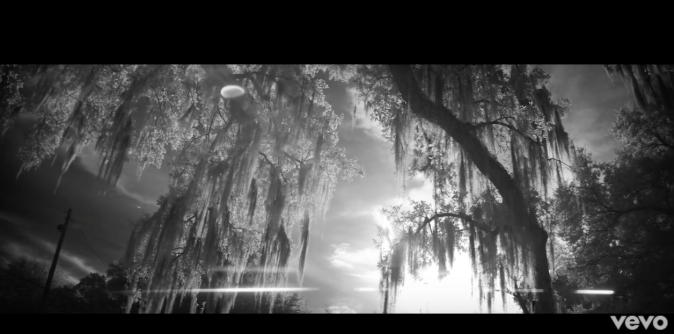
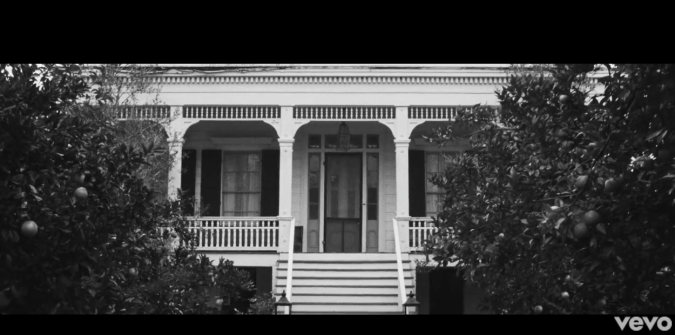
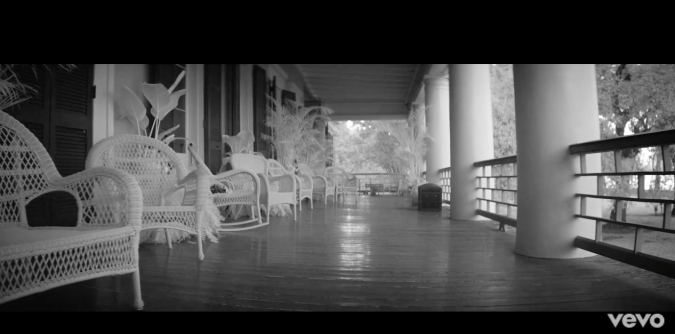
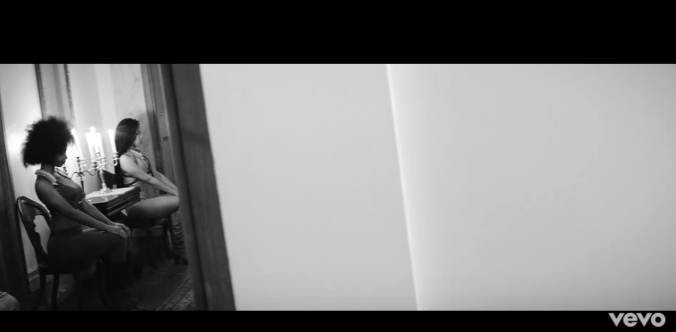
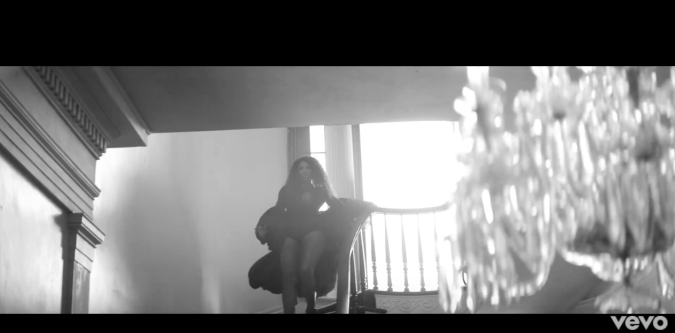
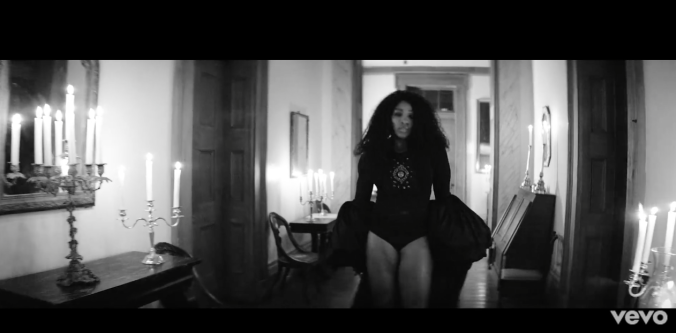
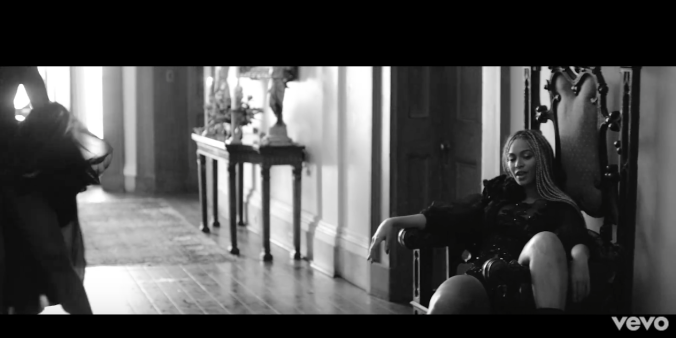
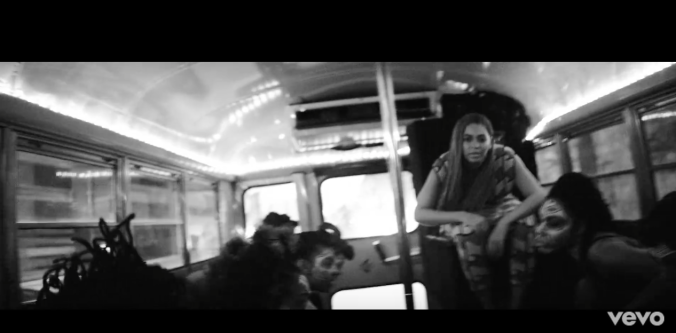
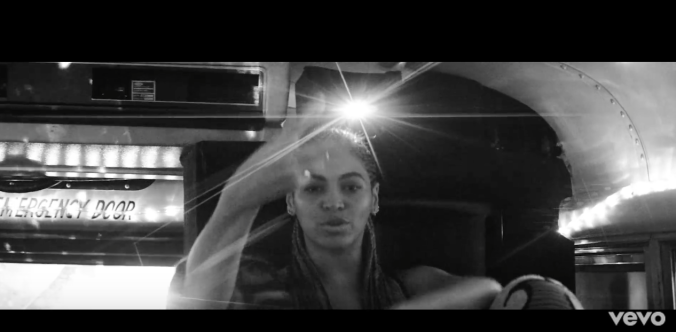
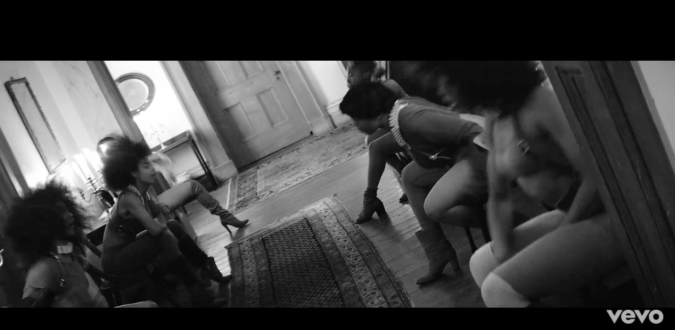
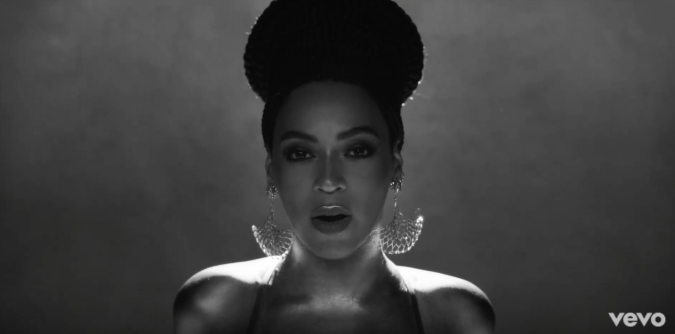
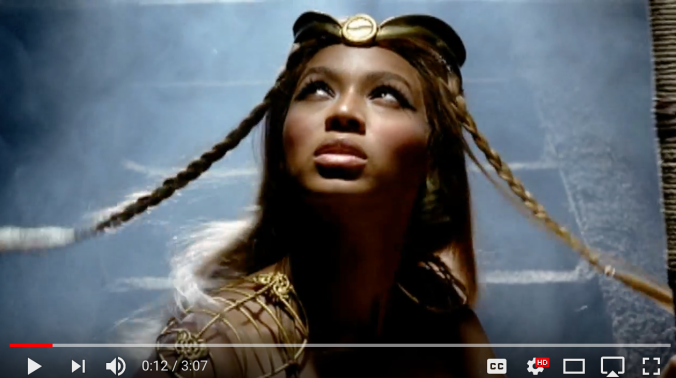 The commercial begins with a shot of the stadium. This aerial shot at the beginning helps to set the stage of the commercial by showing the stadium and where the scene is taking place.
The commercial begins with a shot of the stadium. This aerial shot at the beginning helps to set the stage of the commercial by showing the stadium and where the scene is taking place.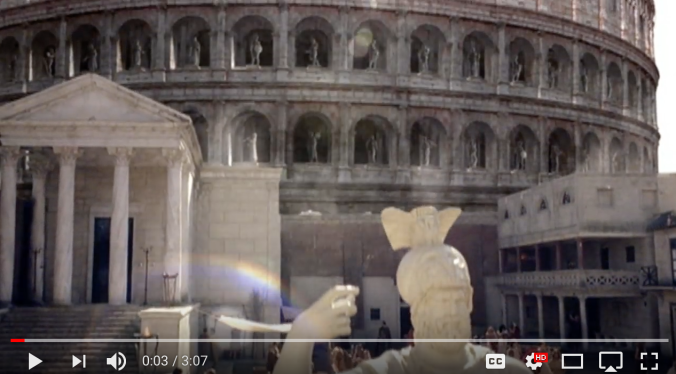
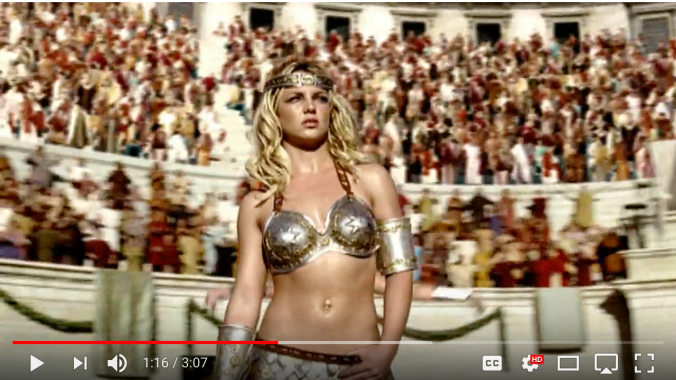
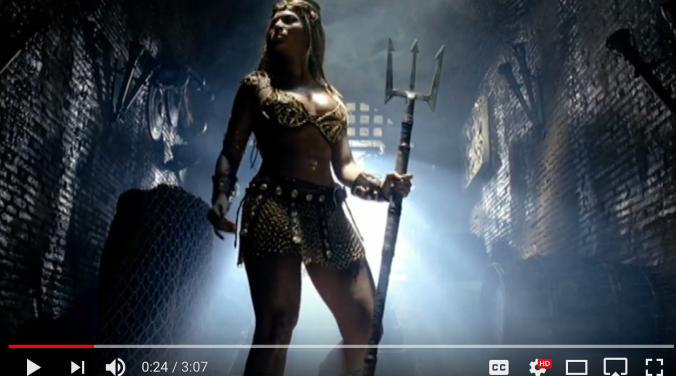
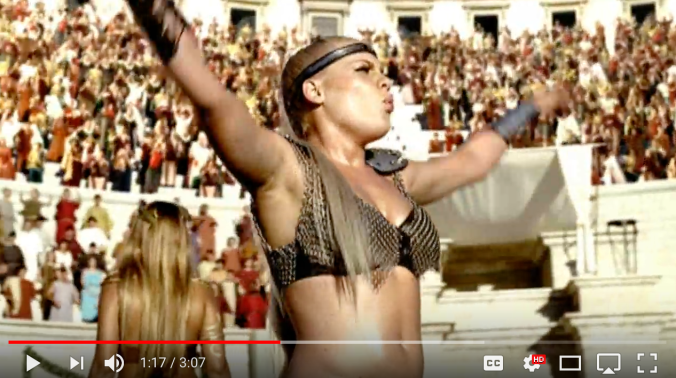
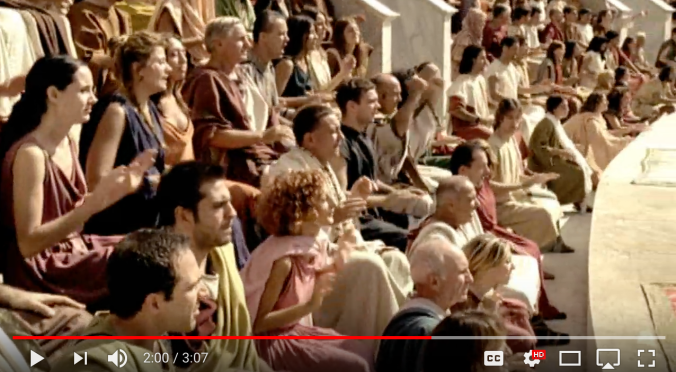 The camera also uses close up shots when it zooms into the main subjects faces. Since this video features such big artists, it was important to show their faces and make sure all of the viewers know who is in the commercial and to keep the audience engaged.
The camera also uses close up shots when it zooms into the main subjects faces. Since this video features such big artists, it was important to show their faces and make sure all of the viewers know who is in the commercial and to keep the audience engaged.